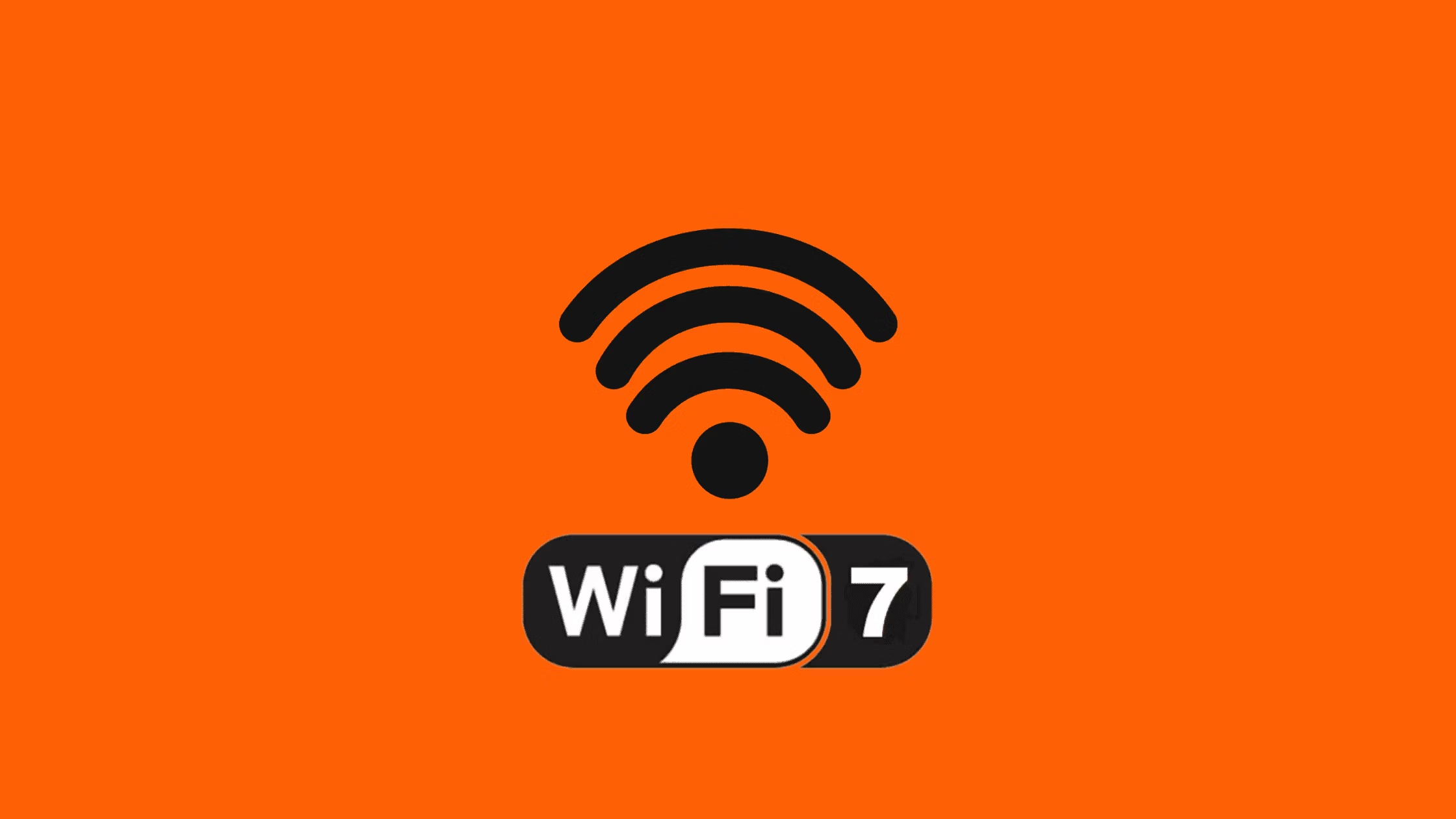Qualcomm’s latest AI-enhanced chipset is set to accelerate the adoption of Wi-Fi 7 products. This week, the company introduced its FastConnect 7900 chipset at the Mobile World Congress (MWC) 2024 in Barcelona, paving the way for products supporting the newest Wi-Fi standard.
According to Qualcomm, the FastConnect 7900 chipset will be available later this year and is designed to elevate performance, reduce latency, and improve power efficiency. It achieves this by combining Wi-Fi, Bluetooth, and Ultra-Wideband (UWB) technologies into a single chip, enabling features like digital keys, object tracking, and indoor navigation.
The chipset is expected to contribute significantly to the broader adoption of Wi-Fi 7, following the launch of the Wi-Fi 7 Certified program by the Wi-Fi Alliance. This certification ensures products meet the new standard’s specifications.
“AI in this chipset likely optimizes signal quality and overall performance between devices and customer-premises equipment (CPE),” explained Jeff Heynen, VP of Broadband Access and Home Networking at Dell’Oro Group. “We’re just beginning to understand how AI can enhance Wi-Fi.”
The FastConnect 7900 also includes capabilities like Target Wake Time to improve IoT device support and optimizes Multi-Link Operation (MLO), allowing devices to use all three spectrum bands for optimal throughput. “This is an ideal application for AI, as it can learn, adapt, and fine-tune MLO for each device’s unique capabilities,” Heynen added.
This represents just the beginning of how manufacturers can integrate AI into their products to improve efficiency, reduce power consumption, and deliver stronger connectivity, Heynen noted.
Wi-Fi 7 on the Horizon
Wi-Fi 7 products are expected to arrive soon as service providers adopt the technology to stand out in an increasingly competitive wireless market.
Compared to Wi-Fi 6, Wi-Fi 7 offers improved performance for enterprise environments, supporting more users in high-density areas. It is designed to meet the demands of applications like streaming while requiring fewer devices per deployment, easing management and maintenance challenges.
Wi-Fi 7’s appeal lies in its versatility. Based on the IEEE 802.11be standard, it operates across multiple frequency bands, including 2.4GHz, 5GHz, and 6GHz. It also boasts impressive speeds, offering links of up to 40,000 Mbps.
Expanding Wi-Fi 7 Product Line
In 2023, several companies, including Qualcomm, Broadcom, Intel, MediaTek, TP-Link, and CommScope, introduced Wi-Fi 7-compatible chips, modules, and devices. Keysight Technologies also showcased its Wi-Fi 7 wireless connectivity testing platform at MWC 2024.
The Wi-Fi Alliance predicts that over 233 million Wi-Fi 7 devices will enter the market in 2024, with that number growing to 2.1 billion by 2028.
Industry experts believe Wi-Fi 7 will better handle dense device usage and demanding applications like streaming, offering significant improvements over Wi-Fi 6E while maintaining backward compatibility. Many organizations, including large entertainment venues, are already leveraging Wi-Fi 6 and preparing for the shift to Wi-Fi 7.
The Future of Wireless Connectivity
The global market for Wi-Fi 6, Wi-Fi 6E, and Wi-Fi 7 chipsets was valued at $22.55 billion in 2022 and is projected to grow at a compound annual growth rate (CAGR) of 14.9% from 2023 to 2030, according to Grand View Research.
As the demand for faster, more reliable wireless connectivity continues to grow, Wi-Fi 7 is set to play a central role in shaping the future of wireless technology.

Leave a Reply